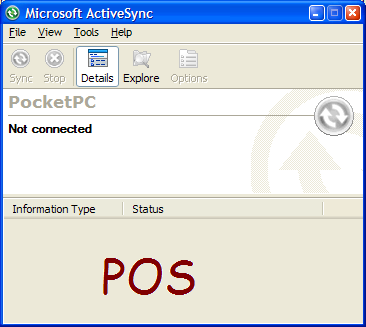2011/09/1
phone vs. tablet vs. laptop vs. desktop vs. server
It seems that Microsoft’s all-in-one strategy on support for different devices is still progressing. Windows 8 will have interfaces for both the desktop and touchscreen devices. This is akin to how Windows Media Center works. This model must have an unusual level of attraction to Microsoft due to the large base of existing applications, but it makes assumption that you’d want to use all the applications on all the devices, if only you could — that may turn out not to be right.
Microsoft has for years tried to get into mobile devices. Here you see Bill Gates really uncomfortable with the notion that Apple has succeeded more than Microsoft in this space. He is not wrong, since for a time Windows phones and tablets were the only ones out there, while Apple’s Newton was forgotten memory. Those devices either used a slightly modified Windows OS or one that copied all of its metaphors. The latest Windows phones are an exception, but with Windows 8, it will no longer be. It cannot be disputed that there are important applications that do not exist on mobile devices (currently), and therefore mobile devices are not complete (currently). So people argue that mobile devices will be full-fledged computers or desktops will not die. The idea of a dual interface seems to be aimed in this direction. However, a third possibility exists. Applications, after all, merely solve real life problems. They are not themselves holy. If there were a different way of accomplishing the same things, the applications could be replaced. One could argue that data is the rather more holy object. Back to this later.
(Read the article)
 Comments(1)
Comments(1)
